Teething can be a tough time for kids and parents. Along with the first teeth come symptoms like swollen gums, drooling, irritability, and trouble sleeping some babies won’t eat, have loose stools, or even diaper rash. Thankfully, certain foods can help soothe these symptoms while providing the nutrition your child needs.
Here’s what to look for when choosing good foods for a teething child.
Key Qualities of Teething-Friendly Foods
- Anti-inflammatory:
Foods rich in nutrients like Vitamin C, vitamin E, and omega-3 fatty acids help reduce inflammation and can ease teething pain. - High Calorie:
Teething can reduce a baby’s interest in eating, so offering high-calorie foods helps ensure they still get enough energy to grow. - Hydrating:
Staying hydrated is important, especially since drooling and diarrhea are common when teething. Choose foods with high water content to help keep your baby hydrated. - Full of Fiber:
Teething can sometimes lead to digestive issues like diarrhea or constipation. Fiber helps regulate digestion and keeps bowel movements regular. Toddlers should get around 19 grams of fiber a day (1). - Contains Calcium:
Calcium is essential for healthy teeth and bones. Babies get enough calcium while solely drinking breast milk or formula. As they transition to solid foods it’s important to include calcium-rich foods in their diet.
Best Teething Foods for Babies and Toddlers
Below is a list of my top picks of teething foods for children. Many of these foods can be served in a variety of ways to help soothe teething troubles even when they have little interest in eating. On top of that, they are also chalk full of wholesome nutrition. These foods are packed with the nutrients your teething tot needs and are also gentle on sore gums.
Chia seeds
Anti-Inflammatory | High Calorie | Calcium | Fiber
Chia seeds are tiny but offer a lot of qualities for teething children. High in calories to help your baby get the energy they need. Packed with nutrients like omega-3 fatty acids, fiber, and calcium. They help minimize inflammation, regulate stooling, and help build healthy bones.
Plus they are easy to add in with your baby’s favorite foods—just be sure to soak them in a liquid first to prevent choking.
How to Serve:
- Add soaked chia seeds to oatmeal.
- Mix with yogurt.
- Use in smoothies or baked goods.
Note: allow chia seeds to soak in a liquid for at least 30 minutes before serving.
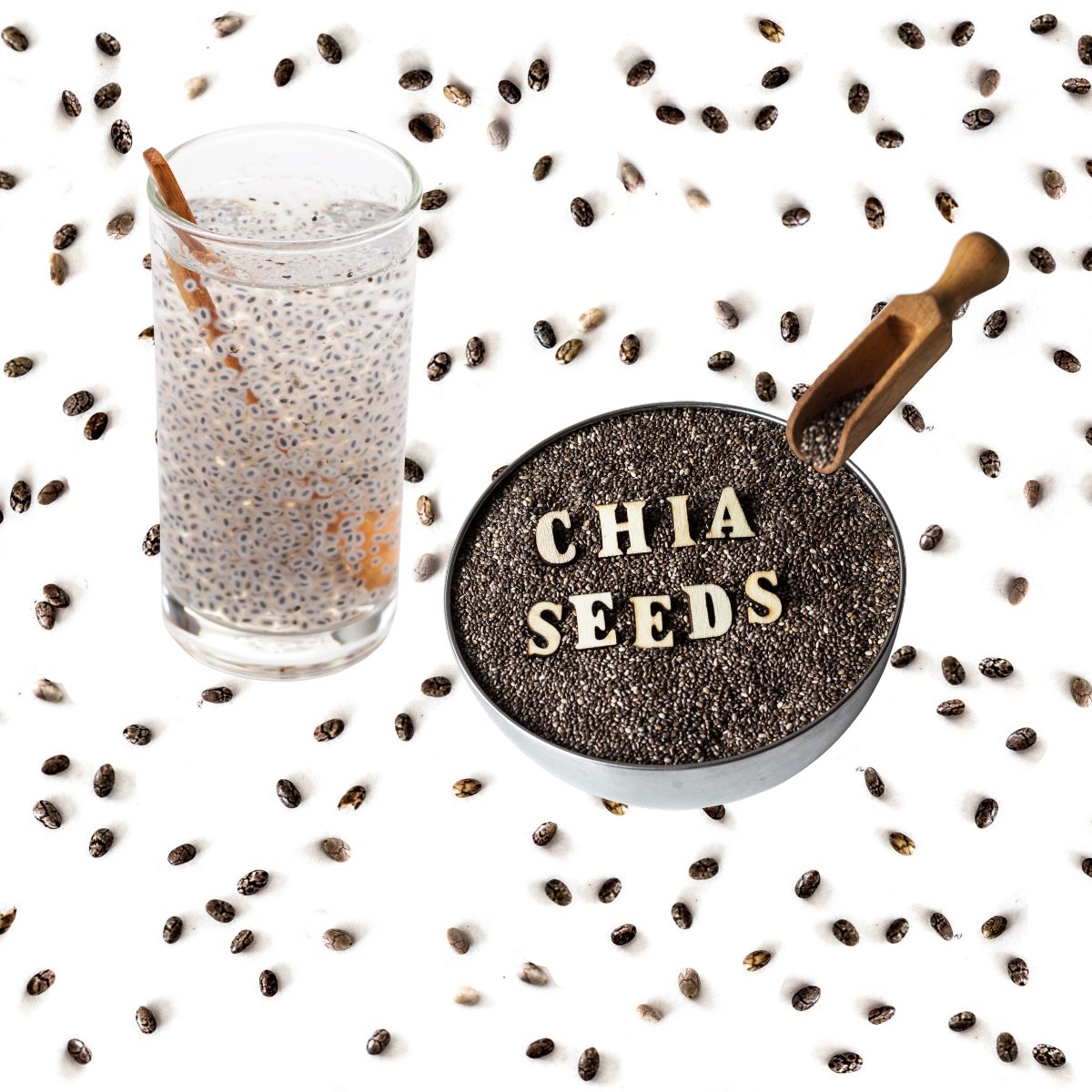
Avocado
High Calorie | Anti-Inflammatory | Fiber
Avocados are rich in vitamin E, folic acid which can help ease inflammation and painful gums (2, 3). They’re soft and easy to mash or slice, making them great for babies just starting on solids. They are one of only a few fruits (yes they are a fruit!) with fat making them energy rich. Plus, the fiber helps keep stools regular.
How to Serve:
- Puree and spoon-feed.
- Cut into strips or spears for self-feeding.
- Blend into smoothies.
- Mash and spread on crackers or toast.
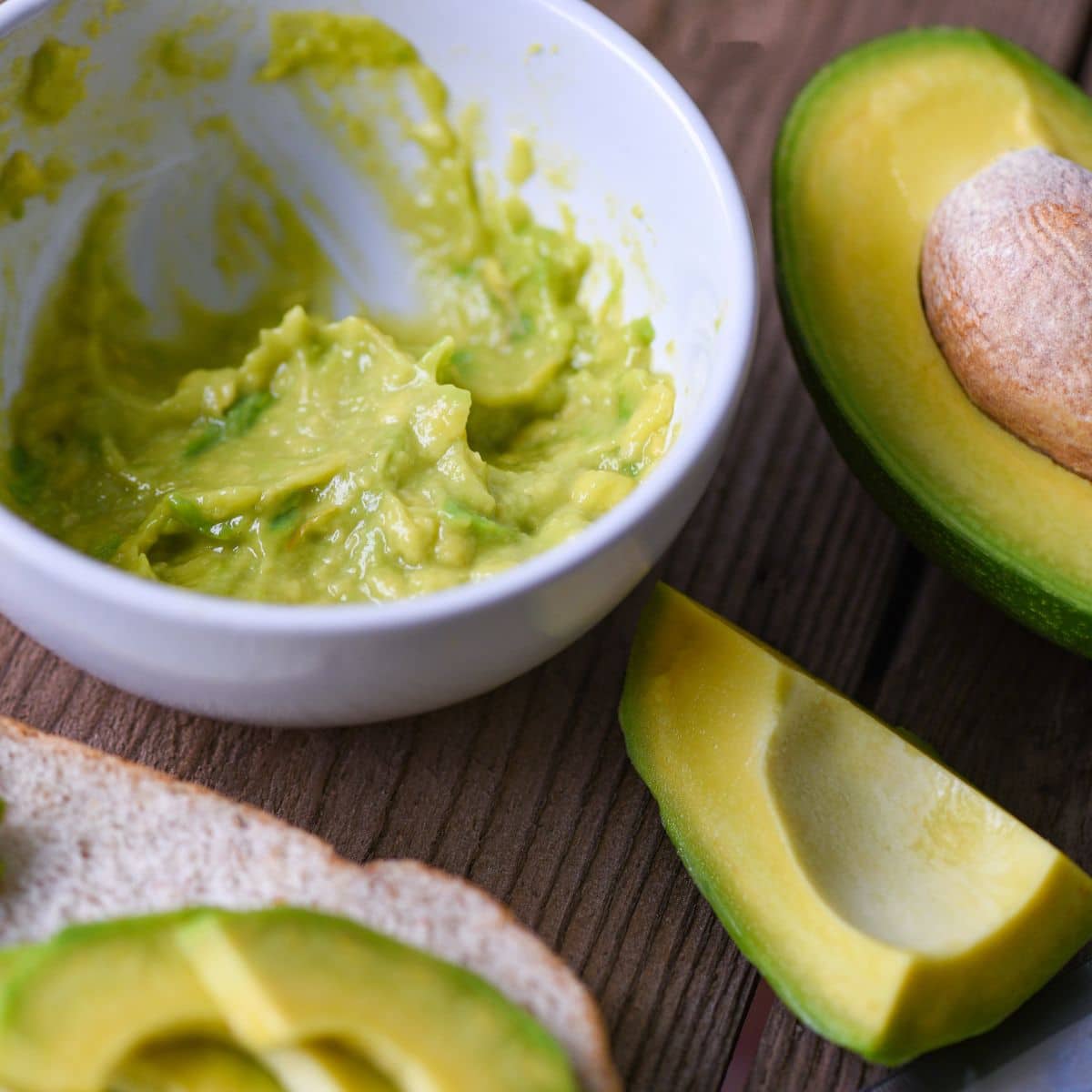
Breast Milk (and Formula!)
Fluid | Anti-Inflammatory | Calcium
Breast milk continues to provide essential nutrients and hydration during the teething stage. It’s packed with calcium and has natural anti-inflammatory properties, helping soothe sore gums.
Sometimes the teething symptoms for a baby’s first tooth come before they start eating. Nursing your baby can help provide comfort.
The World Health Organization recommends breastfeeding until at least two years of age. This is a great opportunity to use stored frozen milk for comfort and nourish a teething toddler.
There are creative ways to use both breast milk and formula to help provide relief.
How to Serve:
- Freeze in cubes for a mesh teething feeder.
- Mix into cereals and pureed foods.
Beans (aka Legumes)
Fiber | High Calorie | Anti-Inflammatory
Beans are rich in fiber, folate, and iron, making them a nutritious addition to a baby’s diet. They help support digestion and provide protein. Mung and navy beans are rich in omega-3 fatty acids which can help with inflamed and irritated gums.
How to Serve:
- Mashed or pureed for babies 6 months and older.
- Mixed with other purees.
- Freeze and add to a mesh feeder.
- Served cold for teething relief.
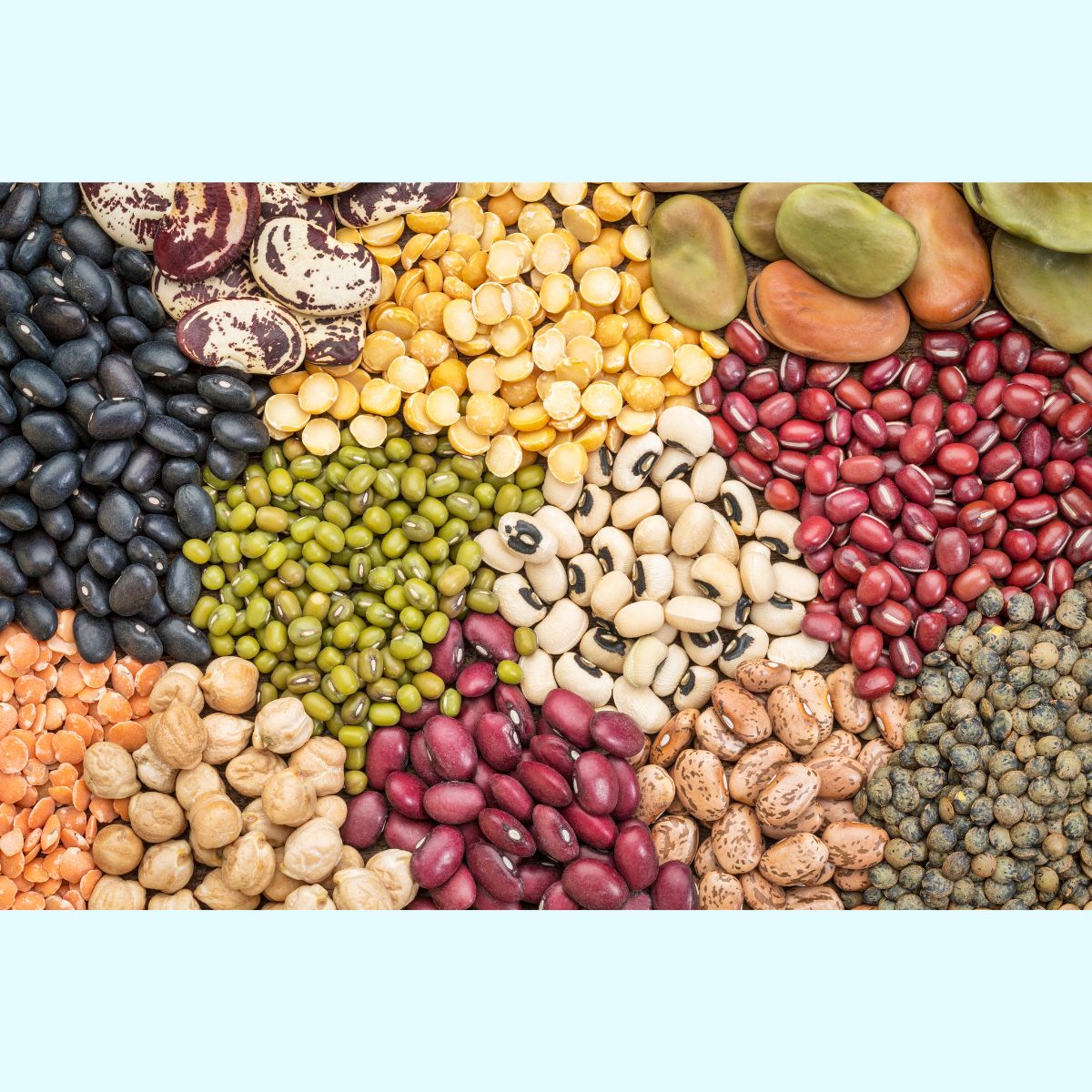
Note: Beans can sometimes cause uncomfortable side effects of gassiness and bloating. Pre-soaking beans and discarding the water can help reduce these uncomfortable symptoms.
Melon
Fluid | Anti-Inflammatory | Fiber
Melons like cantaloupe and watermelon are full of water and potassium, making them a great hydrating food for teething babies (4). They also contain fiber to support digestion. An excellent source of vitamin C which aids in lessening gum inflammation. Remember to remove seeds before serving.
How to Serve:
- Cut into chunks, sticks or spears.
- Blend into smoothies or yogurt.
- Freeze and offer in a mesh feeder.
Coconut
High Calorie | Anti-Inflammatory
Coconut is a high-calorie, nutrient-dense food that’s easy to add to purees for babies six months and older. It is high in polyphenols, which provide anti-inflammatory properties (5). Coconut provides magnesium, which also supports bone health.
Choose the unsweetened variety as babies and toddlers do not need added sugar.
How to Serve:
- Mix shredded coconut into pureed foods.
- Add coconut milk to baby cereals, mashed potatoes, or soups.
- Add shredded coconut to fruit, bread, tofu, or meat.
Note: Avoid coconut milk as a drink before age one to prevent replacing baby’s milk (formula or breast milk). Wait to offer coconut flakes until baby is over one and can chew well
Bananas
Fiber | Anti-Inflammatory
Bananas are a favorite among babies and can be served in many ways! They’re easy to digest, rich in potassium, and packed with fiber too, which helps with loose stools.
How to Serve:
- Mash and spoon-fed.
- Baked into pancakes, muffins or bars.
- Frozen and placed in a mesh teething feeder.
- Blend into smoothies.
- Peel and serve (bananas).
- Freeze and add to the mesh teething feeder.
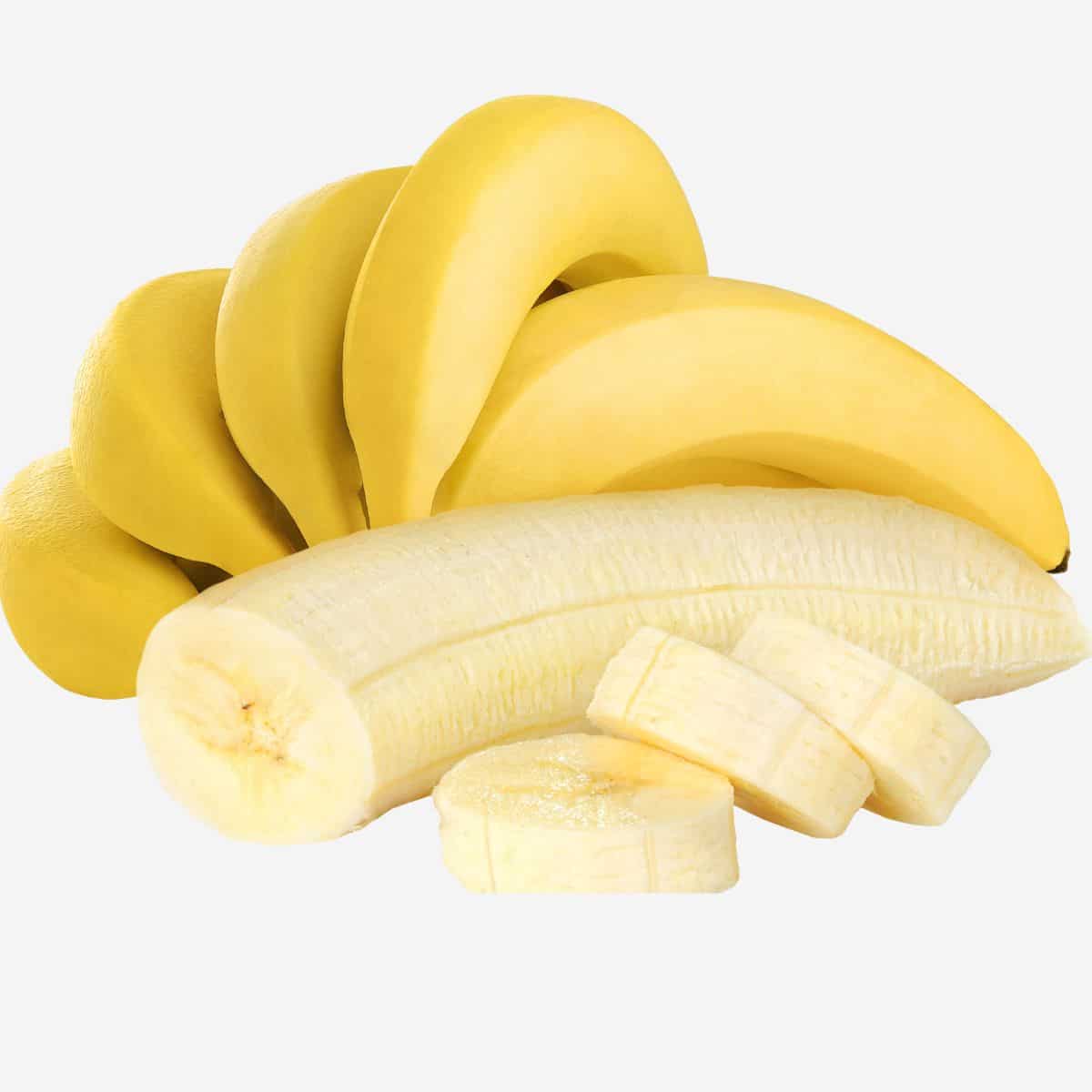
Fish
Anti-Inflammatory | High Calorie
Fish like salmon, cod, and sardines are high in omega-3 fatty acids, which reduce inflammation. These soft, high-calorie foods are also a great source of energy and protein.
How to Serve:
- Add to mashed foods like potatoes.
- Serve small pieces of cooked, flaked, and deboned fish.
- Blend with veggies for a nutrient-rich savory puree.
Mango
Anti-Inflammatory | Fiber
Mango is soft, sweet, and easy for littles to eat. It’s rich in vitamin C, which helps reduce inflammation. Mango also provides fiber for healthy digestion.
How to Serve:
- Puree and spoon-feed.
- Serve as chilled chunks or spears.
- Freeze and add to the mesh teether.
- Bake into pancakes, muffins, or breads.
- Mash and mix into other foods like yogurt.
- Blend into smoothies.
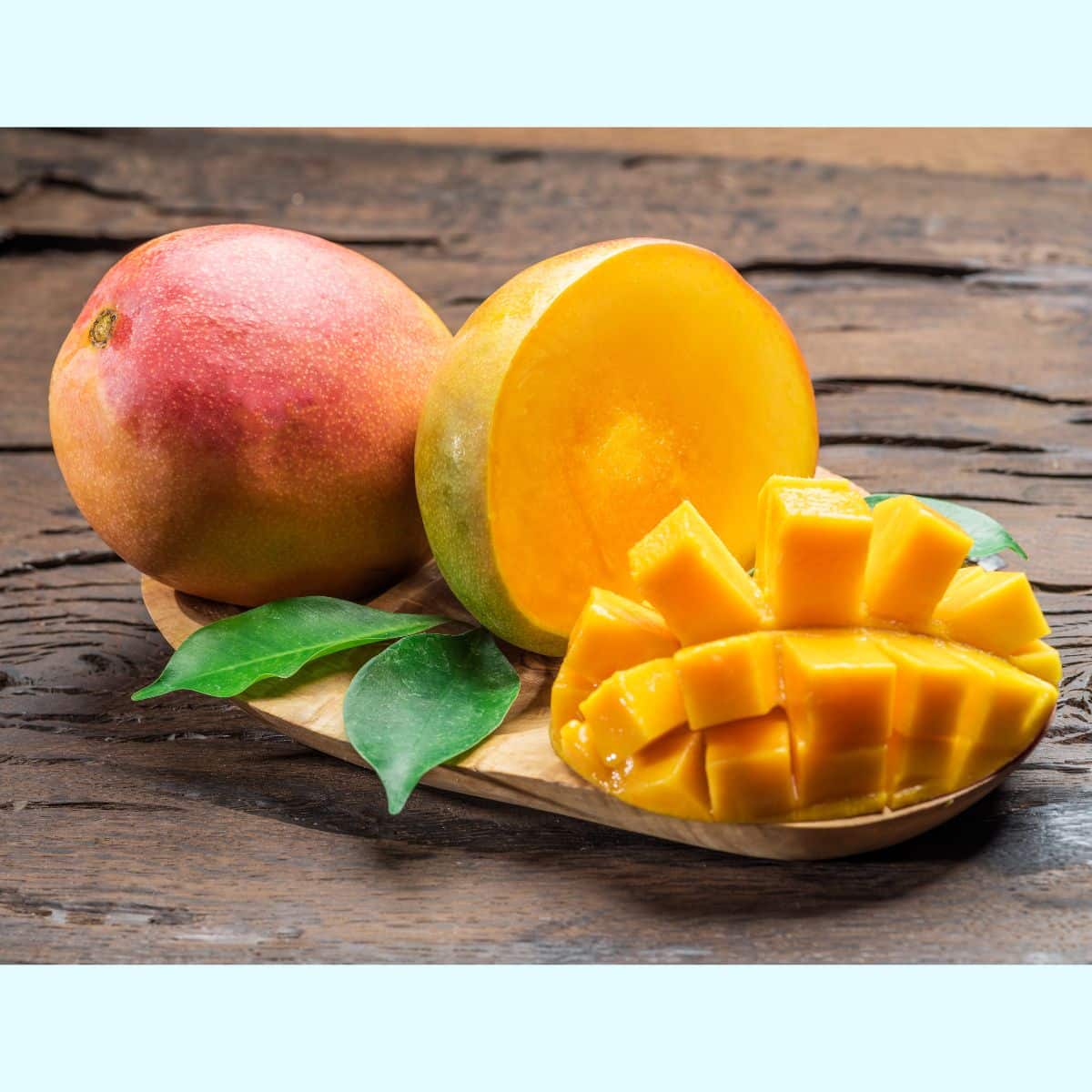
Yogurt
Calcium
Yogurt is soothing when served cold and provides a good source of calcium and protein. Probiotics in yogurt can help support healthy digestion. Choose plain, pasteurized, and full-fat yogurt with no added sugars for the best nutritious option for your baby.
How to Serve:
- Serve plain or with added soft fruits.
- Freeze yogurt for a cool treat in a mesh teether.
- Blend into smoothies.
- Dip for fruits or biscuits.
Foods to Avoid During Teething

Some foods can worsen gum irritation or cause discomfort for teething babies. Here are some foods to avoid:
Acidic foods: Acidic foods can further irritate gums.
- Oranges
- Lemons
- Limes
- Grapefruits
- Mandarins
- Tangerines
- Pomelo
- Blue plums
- Grapes
- Tomatoes
- Pineapples
- Vinegars (balsamic, white, rice, etc)
Salty foods: Salt can cause dehydration and worsen discomfort.
- Pickles
- Olives
- Chips
- Canned meat and fish
- Pretzels
- Soy sauce
- Kimchi
- Sauerkraut
Spicy foods: Spicy ingredients can increase gum pain.
- Jalapeno pepper
- Habanero pepper
- Cayenne pepper
- Chili pepper
- Black pepper
- Chili powder
- Red pepper powder
- Paprika
- Kimchi
- Hot sauce
Very hot or cold foods: Foods that at extreme temperatures can increase sensitivity. Instead of frozen foods for teething toddlers offer chilled but not icy-cold foods.
Tips for Soothing Teething Babies
- Chill eating utensils and teething rings: Cool items can help soothe irritated gums.
- Offer safe foods to chew on: Soft, age-appropriate foods like cucumbers or carrot sticks can provide relief (always supervise to avoid choking).
- Stay on a regular feeding schedule: Babies should eat every 2-4 hours, even if teething makes them less interested in food.
Conclusion
Teething can be a difficult phase, but offering the right foods can help with pain relief while keeping your little one well-nourished. Focus on foods that are anti-inflammatory, high in fiber, hydrating, and rich in calories to ensure your baby gets everything they need during this time. Always consult your pediatrician if you’re concerned about your baby’s nutrition or teething symptoms, and adjust the food textures based on your baby’s developmental stage.
